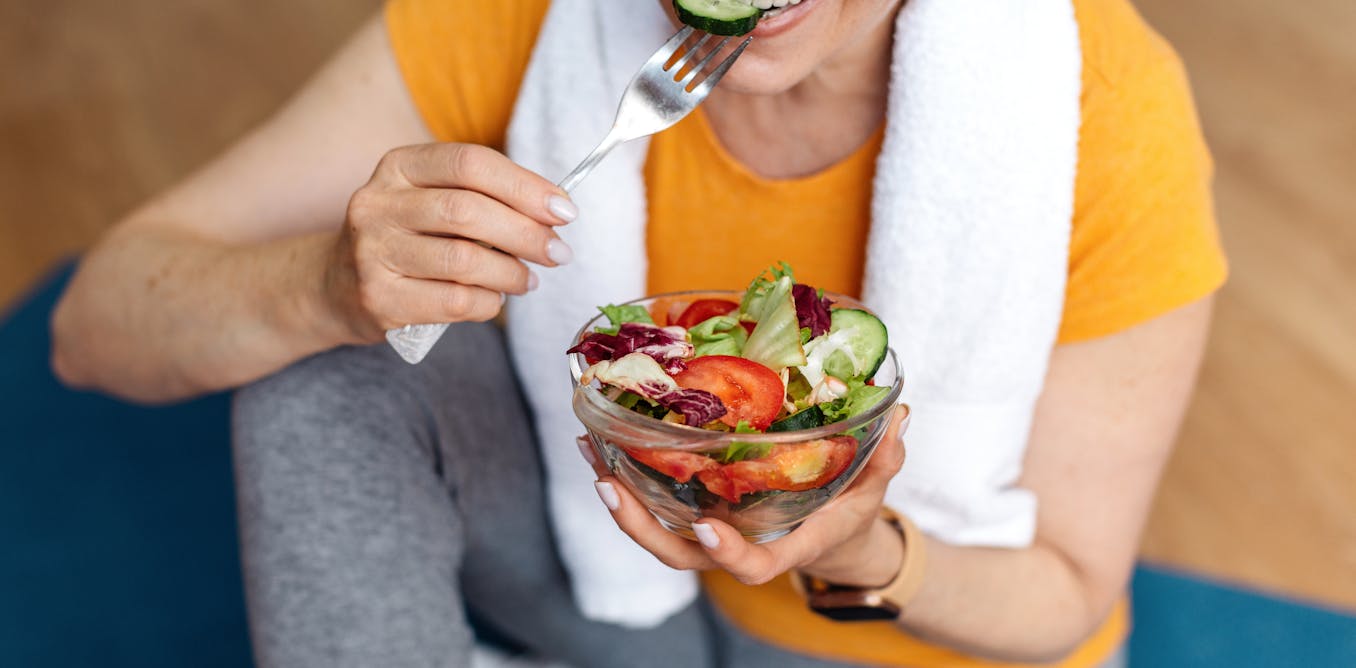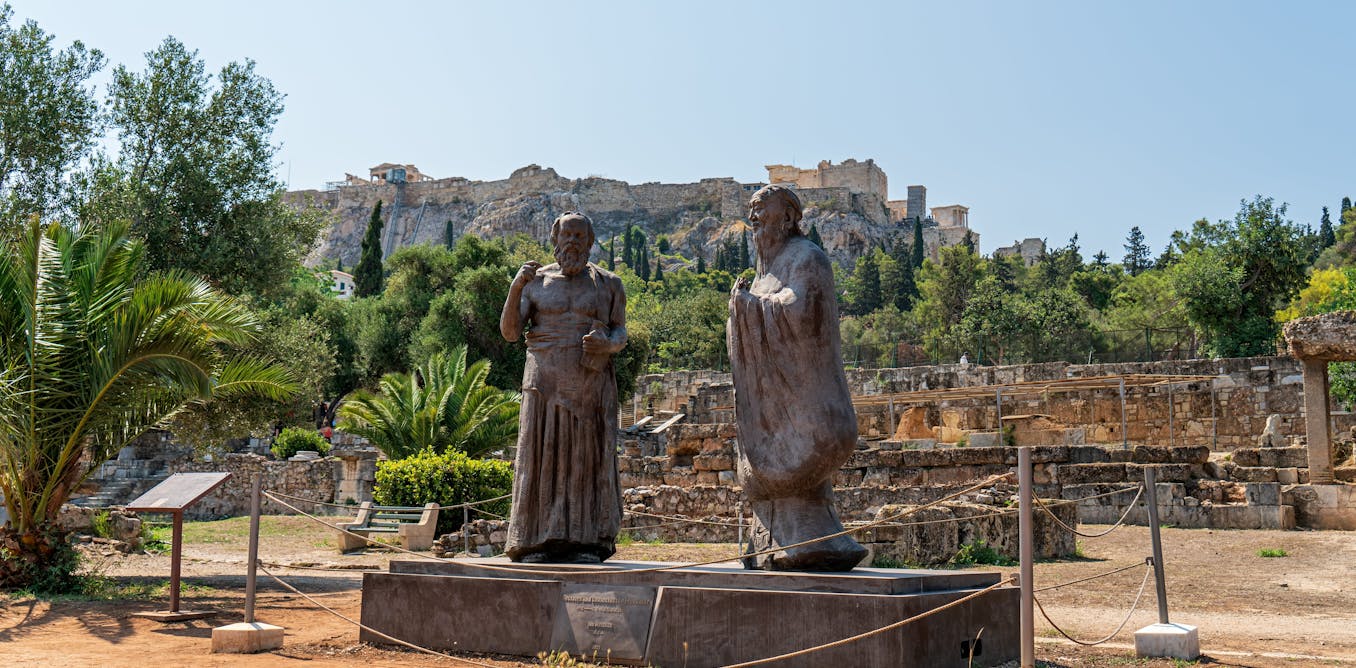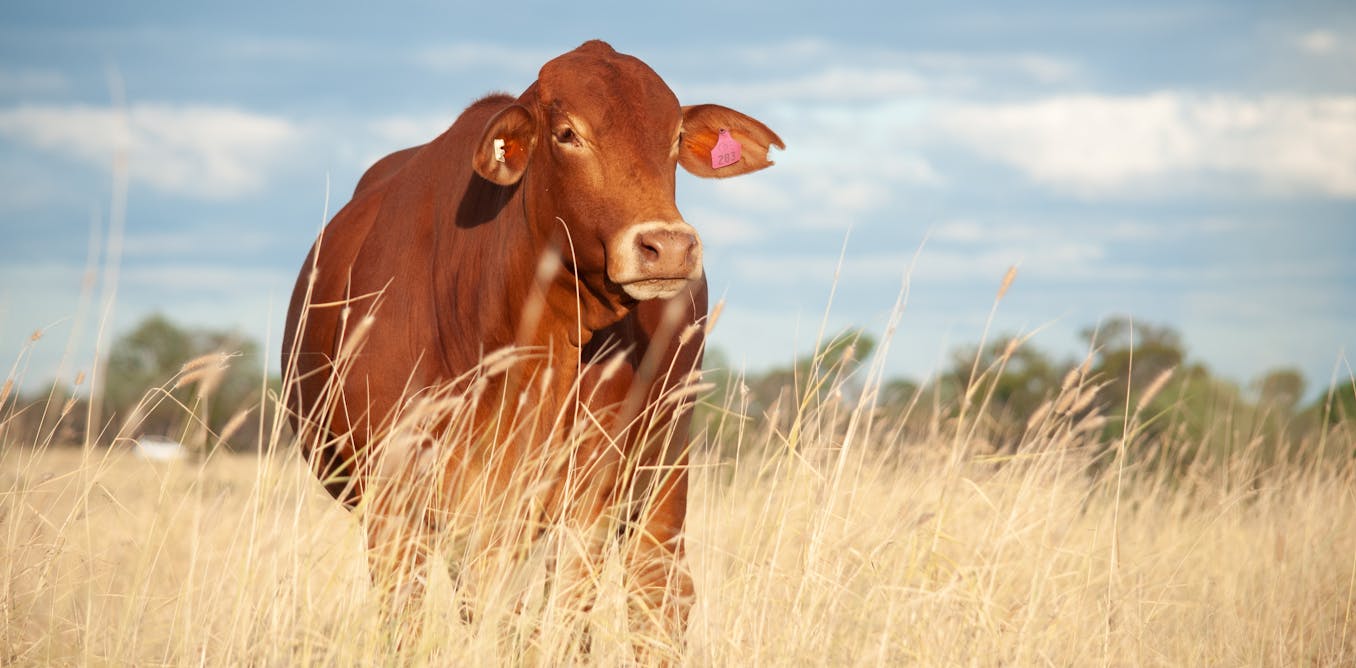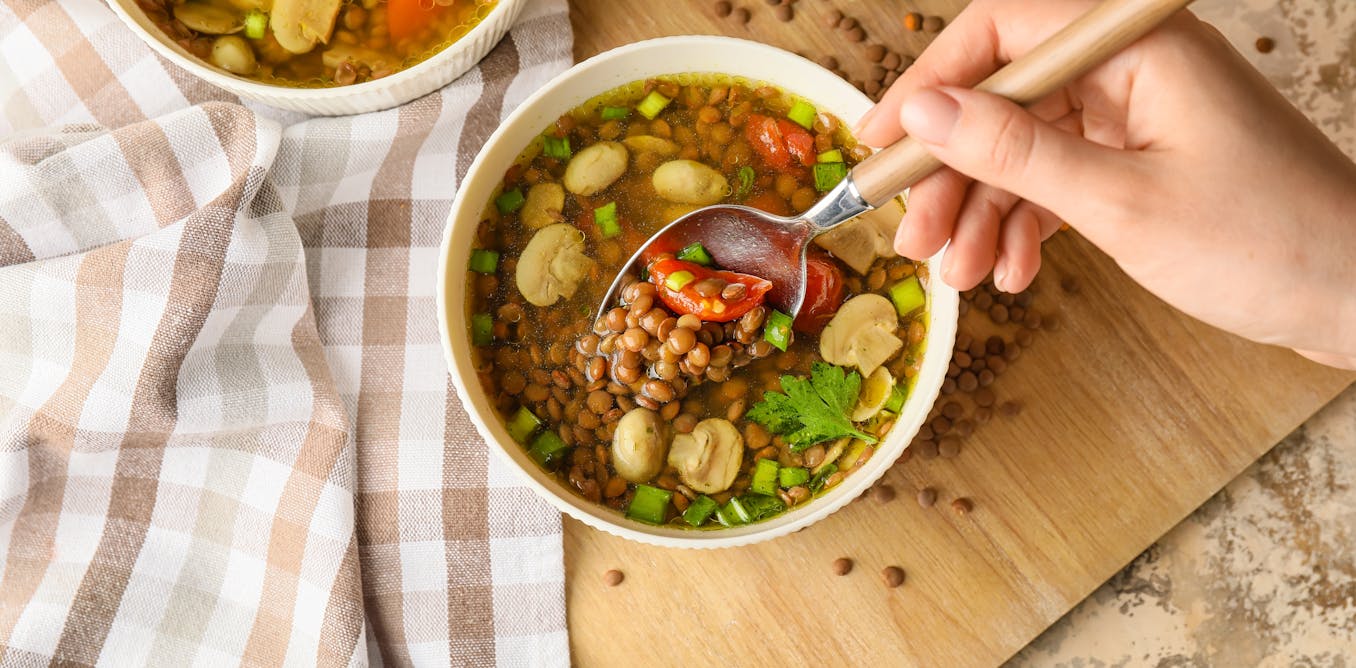More and more people over the age of 50 are taking up physical exercise. Medical associations resoundingly agree that this is a good thing. Physical exercise is not only key to disease prevention, it is also a recommended part of treatment for many illnesses.
However, starting to move at this stage of life requires some care. This is especially true for those who have not previously been physically active, or for people who are overweight or obese.
It has been proven that starting to exercise with routines that are too demanding can lead to significant muscular and skeletal injuries, especially if combined with an inadequate diet. This risk is even greater after the age of 50, as the loss of muscle and bone mass is more pronounced due to natural ageing processes.
Before starting any new exercise programme, it is a good idea to carry out a complete analysis, especially to assess the need for micronutrient supplements.
Protein is key
In addition to micronutrients, the body also needs carbohydrates, fats and proteins – known collectivey as macronutrients. Proteins provide the body with the essential amino acids needed to maintain and develop muscle mass, and to prevent sarcopenia: age-related muscle injury, osteoporosis, and loss of muscle mass and strength (formerly referred to as frailty).
Protein requirements vary according to an individual’s clinical situation. In people over 50 years of age who are moderately physically active, protein requirements range from 1 to 1.5 grams per kilogram of body weight per day.
However, it is not advisable to increase protein intake without a corresponding increase in physical exercise. Too much protein can actually have harmful effects, especially on bone health, as it has been observed to increase calcium excretion in the urine (calciuria) due to decreased tubular calcium reabsorption.
Animal and vegetable proteins
Protein sources should combine those of vegetable origin – soy, beans, seeds, peanuts, lentils, and so on – with those of animal origin, such as eggs, dairy products, chicken and fish.
While the ideal is to have balance of both, it has been shown that following a vegetarian diet is compatible with high-performance sports, so long as there is suitable medical and nutritional monitoring.
In addition to what you eat, it also matters when you do it. Spreading protein intake throughout the day is more beneficial than concentrating it in a single meal. You should also eat protein 30 minutes before or after exercise, as its absorption and availability in the body will be better.
Read more:
The DIY guide to checking how well you’re ageing
Essential micronutrients: magnesium, calcium, vitamin D
Some micronutrients – by which we mean vitamins and minerals – play a key role in physical exercise at this age. These include magnesium, calcium and vitamin D.
Magnesium aids muscle recovery and bone formation, and can be found in foods such as wheat bran, cheese, pumpkin seeds and flax seeds.
Calcium is essential for maintaining adequate bone mineralisation and preventing loss of bone mineral density (osteopenia) associated with calcium deficiencies in the blood.
Dairy products are known to be beneficial for bone health, both for their bioavailable calcium, and the vitamin D content in their whole milk. Certain plant-based foods, such as tahini (sesame paste), almonds, flaxseed, soya and hazelnuts, are also decent sources of calcium, but their phytate and oxalate content can hinder its absorption.
Lastly, oily fish (tuna, sardines, salmon, and so on) and egg yolks are considered complementary sources of vitamin D in dietary plans focused on people over 50 years of age who do physical exercise.
It is also vitally important to maintain proper hydration before, during and after exercise. Both dehydration and overhydration can affect performance, and increase the risk of muscle injury.
Read more:
Good for your health and the environment: why we should be eating oily fish
Does the type of exercise matter?
So far we have seen how nutrition influences athletic performance and ultimately the risk of injury. But there is another part of the puzzle: the exercise you do.
There is actually no clear consensus on this, and there is ongoing debate about which type of exercise is the most appropriate according to age, gender or body composition. The question is whether it is better to prioritise strength exercises, alternate with cardio sessions, or do both on different days.
Despite the different theories on the subject, one thing is clear: regular exercise, adapted to the abilities of each individual and with good medical and nutritional monitoring, reduces the risk of multiple diseases and improves quality of life.

The post “How diet can help prevent muscle injuries in over-50s” by Patricia Yárnoz Esquíroz, Profesor Clínico Asociado, Universidad de Navarra was published on 05/28/2025 by theconversation.com






































Leave a Reply